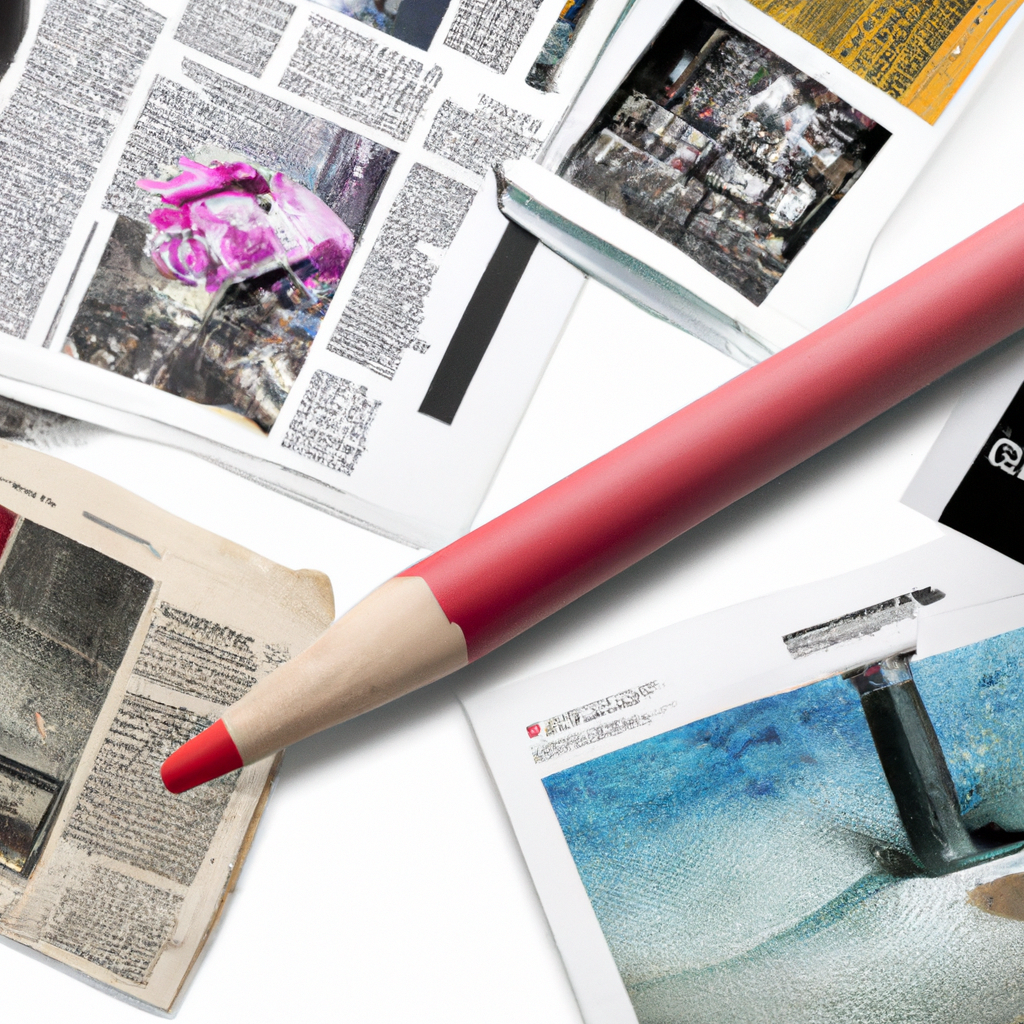
In the heart of Singapore, a striking mural depicting a young Samsui woman has ignited conversations not just about art, but also about cultural perceptions and censorship. The mural, a colorful and vibrant piece on the bustling streets of Singapore, featured the woman holding what appeared to be a cigarette—a detail that became the crux of a heated debate.
The Samsui women, known for their significant contributions to Singapore’s construction industry during the early to mid-20th century, are typically revered as symbols of resilience and hard work. They are most often depicted wearing their iconic red headgear and blue attire. However, this artistic portrayal added a twist with a modern-day element—a cigarette, which sparked widespread discussions amongst local onlookers and the diaspora online.
Feedback from the public drew alarming comparisons, with some equating the act of the Samsui woman smoking to characteristics of a prostitute. This startling juxtaposition between a historic symbol of diligence and a misunderstood modern act led to an outcry that prompted local authorities to intervene. The order to remove the cigarette from the mural has since stirred debates over artistic freedom and the role of art in society.
The altering of the mural raises poignant questions about cultural sensitivity and the fine line between respecting historical icons and stifling creative expression. What is the responsibility of the artist, and where does one draw the line in artistic interpretations? Should art be a reflection of societal standards or a challenge to them?
These are questions that reverberate far beyond the streets of Singapore, touching on universal themes of freedom, censorship, and the power of art to provoke and challenge. As this mural returns to public view, sans cigarette, it remains a potent reminder of the ongoing dialogue between tradition and modern expression—a dialogue that continues to shape and redefine the boundaries of cultural identity in an ever-evolving society.